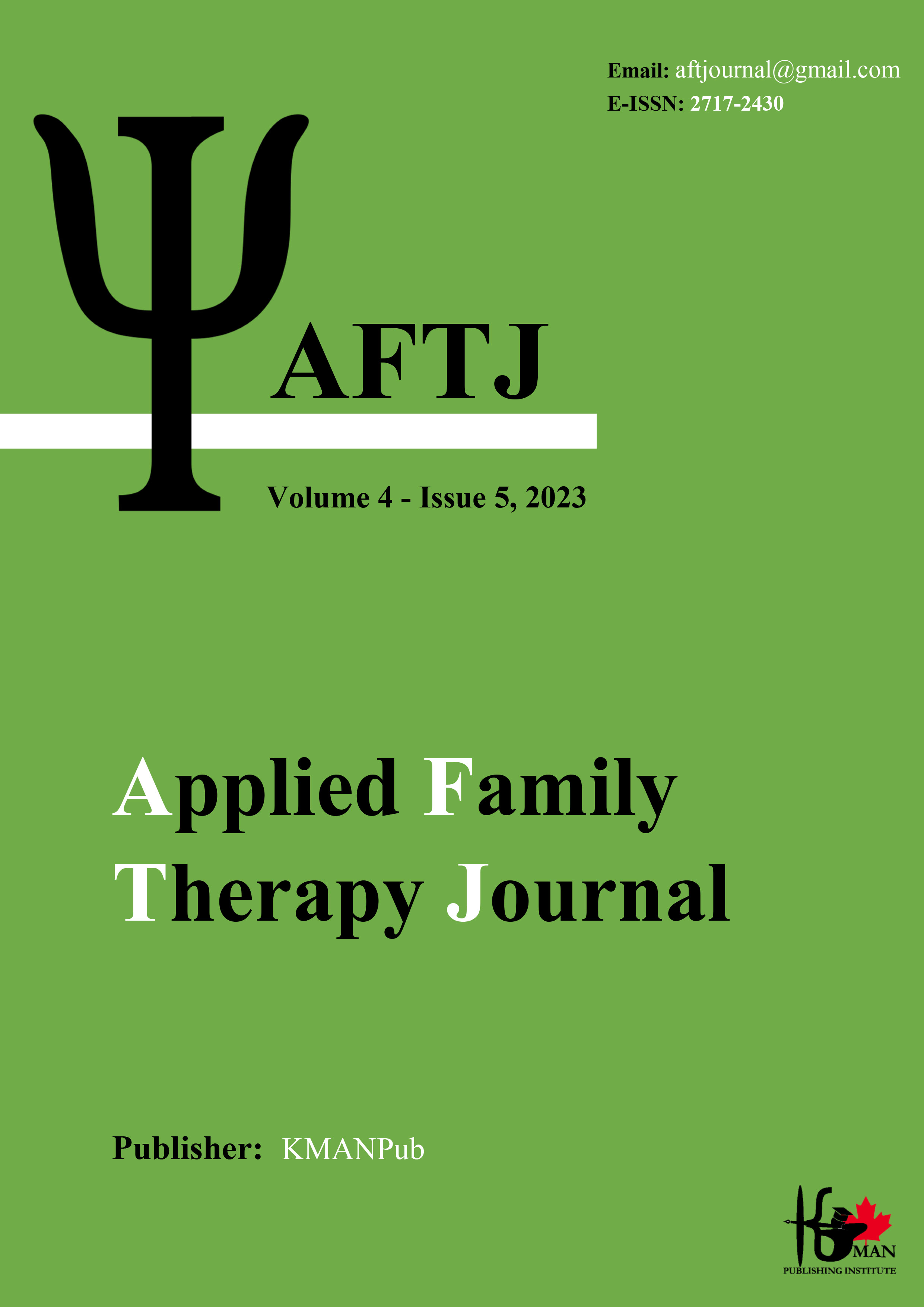Predicting Marital Stability and Marital Compatibility Based on Self-Differentiation in Couples
Keywords:
Marital stability, marital compatibility, self-differentiationAbstract
Aim: The purpose of the present study was to predict marital stability and marital compatibility based on self-differentiation. Methods: This research was correlational in terms of research method. The statistical population of the present study was all the couples who referred to the counseling centers of the 5th district of Tehran during the winter of 2021, which was approximately 320 people. The number of samples from the two centers was estimated to be 175 people according to the table for determining the sample size of Krajcie and Morgan, and this number was selected from the entire population by simple random sampling method. The data collection tool included Edwards, Johnson and Booth's Marital Stability Questionnaire (1987), Spanier's Marital Compatibility (1976) and Scouron and Friedlander's (1998) self-differentiation. The data obtained from the questionnaire were used in two description sections, including mean and standard deviation, and Pearson correlation and regression were used for data analysis. Results: The results showed that the differentiation variable is able to predict marital stability (β=0.31, P=0.003) and marital compatibility (β=0.22, P=0.006). According to the Beta value, self-differentiation has a greater contribution in predicting the marital stability of couples. Conclusion: It can be concluded that self-differentiation can predict marital stability and marital compatibility.
Downloads
Downloads
Published
Issue
Section
License

This work is licensed under a Creative Commons Attribution-NonCommercial 4.0 International License.





















